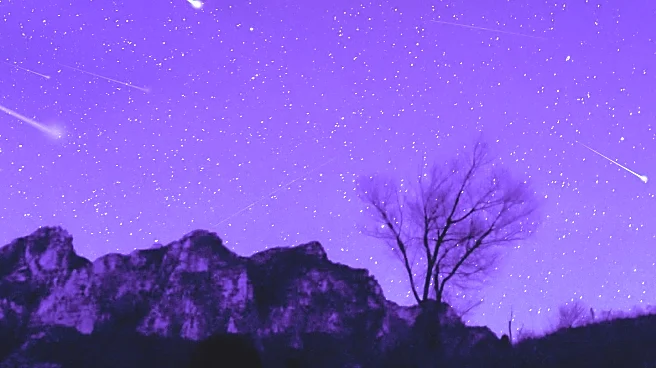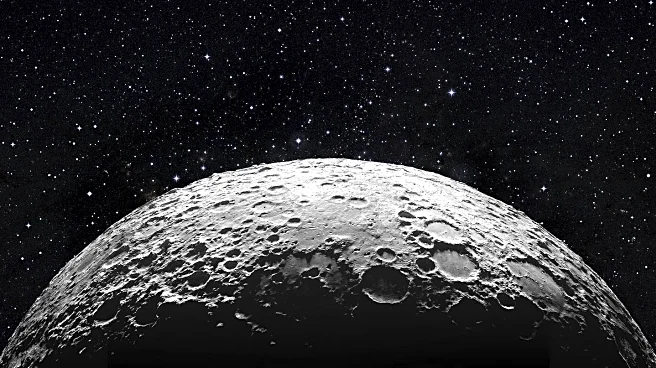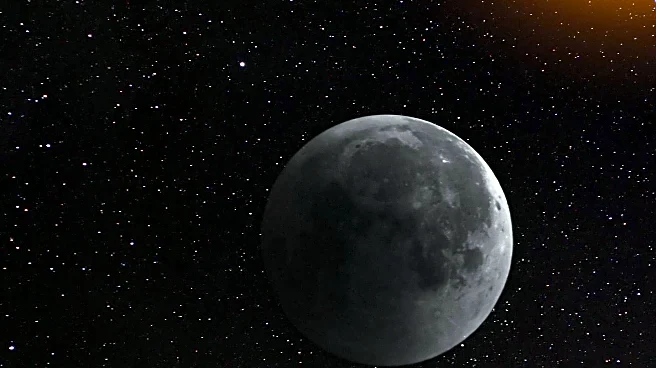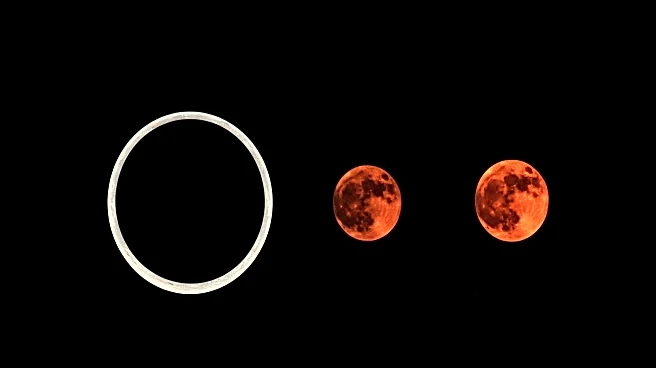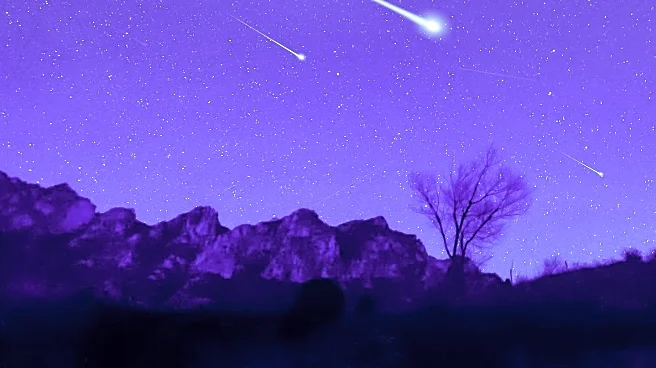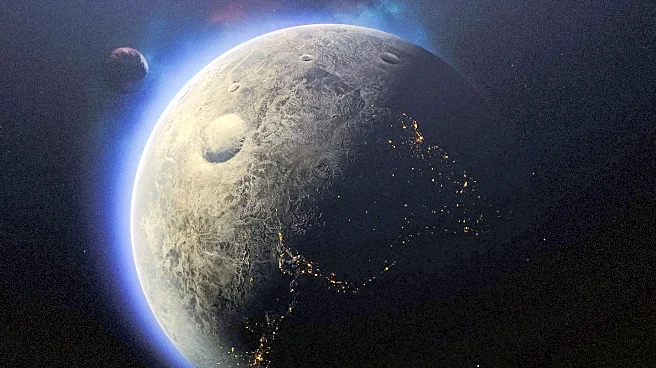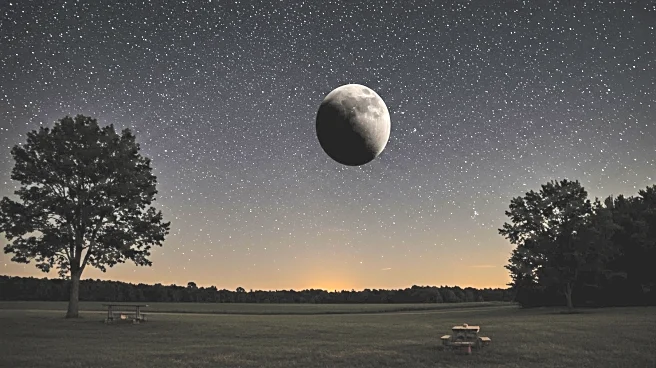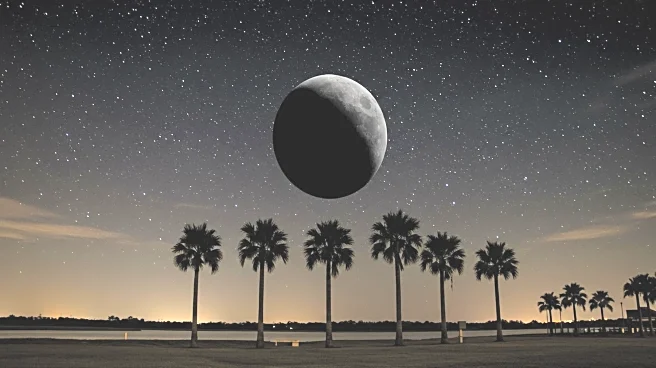What is the story about?
What's Happening?
The Perseid meteor shower, known for its abundance of shooting stars and fireballs, will remain visible through the night of August 22-23 in Washington state. Although the shower peaked on August 12-13, a few meteors can still be seen during the darkest hours, according to the American Meteor Society. The Perseids originate from the debris trail of the Swift-Tuttle comet, which takes 133 years to orbit the sun. As Earth passes through this trail, particles enter the atmosphere, creating fiery streaks in the sky. Clear skies and a new moon provide optimal conditions for viewing.
Why It's Important?
Meteor showers like the Perseids offer a unique opportunity for public engagement with astronomy, encouraging people to explore the night sky. This event can boost interest in science and space exploration, potentially inspiring future generations of astronomers. Additionally, such celestial events can have economic benefits for local communities, as they attract tourists and stargazers to areas with optimal viewing conditions, such as dark sky parks.
What's Next?
Following the Perseids, the Orionid meteor shower will be visible from October 2 through November 12, peaking around October 22-23. This shower, originating from Halley's Comet, varies in intensity, offering another opportunity for skywatchers to observe meteors. The Southern and Northern Taurids will also be active in October and November, known for producing bright fireballs.
AI Generated Content
Do you find this article useful?
